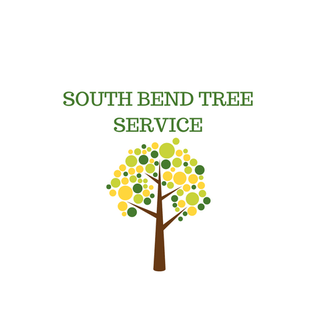Technology is becoming more widely used in the ever-changing field of arboriculture to improve the way we take care of our leafy friends. The use of drones for tree maintenance and inspections is one ground-breaking innovation that is elevating the tree service sector to new heights. This blog post examines how aerial views can drastically alter tree care practices and the numerous advantages of having a “bird’s eye view.”
Increasing the Accuracy of Inspection: Emphasize how drones offer an unmatched perspective that helps arborists identify problems like pests, illnesses, and structural challenges more precisely.
Effectiveness of Tree Surveys: Talk about the time-saving benefits of employing drones to do thorough tree assessments, especially in urban settings.
Improving Safety Procedures: Demonstrate how drones reduce dangers for arborists by removing the need for risky climbs in specific circumstances.
Tracking the Health of Trees Over Time: Talk about how frequent drone surveys help identify possible problems early on by producing a visual timeline.
Budget-Friendly Tree Care: Talk about how maximizing resource allocation and cutting labor expenses can result in long-term benefits from the original investment in drone technology.
Accurate Pruning and Upkeep: Examine the ways in which drones can help with focused pruning planning and execution.
Environmental Surveillance: Talk about uses including monitoring changes in canopy density, evaluating the quality of the soil, and researching the effects of nearby development.
Drone use for tree maintenance and inspections is emerging as a game-changer as technology continues to advance in the arboricultural field. Drones provide a bird’s eye view that not only improves tree care methods but also opens the door to a more sustainable and effective manner of maintaining our natural resources. This includes precise evaluations and cost-effective management.
